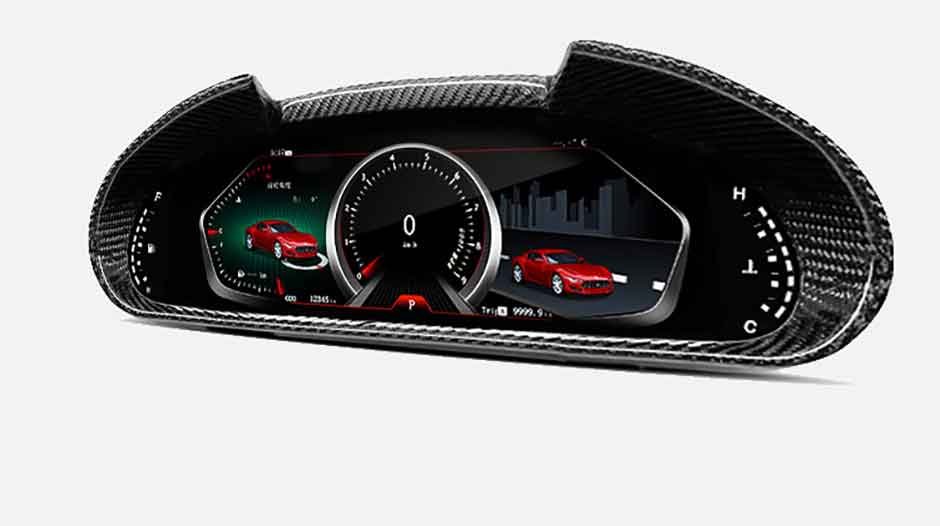The instrument cluster in your vehicle is a critical component that provides important information about your car’s performance and status. When it starts to malfunction, it can be both frustrating and concerning. However, with the right knowledge and guidance, you can attempt to repair a faulty instrument cluster on your own. Find below a step-by-step process that will help you diagnose and resolve common issues with your instrument cluster.
Step 1: Identify the Problem
The first step in repairing a faulty instrument cluster is to identify the specific issue. Common problems include malfunctioning gauges, dim or non-functional displays, erratic needles, or malfunctioning warning lights. Take note of the symptoms and perform a visual inspection to look for any visible signs of damage or loose connections.
Step 2: Consult the Vehicle’s Manual
Consulting your vehicle’s manual is highly recommended as it provides valuable insights into the layout and components of the instrument cluster. This will help you locate the necessary screws, clips, or panels that need to be removed to access the instrument cluster. The manual may also provide specific troubleshooting steps or diagnostic codes related to your instrument cluster’s make and model.
Step 3: Disconnect the Battery
Before working on the instrument cluster, it is crucial to disconnect the vehicle’s battery to avoid any electrical mishaps. Locate the battery and use the appropriate tools to disconnect the negative terminal. This step ensures your safety and prevents any potential damage to the instrument cluster during the repair process.
Step 4: Remove the Instrument Cluster
Carefully remove the necessary panels, screws, or clips to gain access to the instrument cluster. Take your time and be gentle to avoid causing any additional damage. Once the instrument cluster is exposed, disconnect any wiring harnesses or connectors attached to it. For specific instructions on how to disconnect these components properly, refer to the vehicle’s manual, as it will provide detailed guidance tailored to your specific vehicle model.
Step 5: Inspect and Clean Connections
Examine the wiring harnesses and connectors for any signs of corrosion, loose connections, or damaged wires. Use a contact cleaner or electrical cleaner to remove any dirt or grime that may be affecting the connections. Gently reconnect the wiring harnesses and ensure they are secure.
Step 6: Check for Faulty Components
If the issue persists after cleaning the connections, there may be faulty components within the instrument cluster. Thoroughly inspect the instrument cluster for any visible signs of damage, such as burnt-out bulbs or compromised circuitry. In certain situations, replacing specific components like stepper motors or backlight bulbs may be necessary to address the problem at hand. For proper identification and replacement of faulty components, it is recommended to consult the vehicle’s manual or seek guidance from a professional. They can provide valuable assistance and expertise in handling the specific requirements of your vehicle’s instrument cluster.
Step 7: Reinstall the Instrument Cluster
Once any necessary repairs or component replacements have been made, carefully reinstall the instrument cluster back into its original position. Reconnect all wiring harnesses and ensure they are securely fastened. Replace any panels, screws, or clips that were removed during the removal process.
Step 8: Reconnect the Battery and Test
Reconnect the negative terminal of the vehicle’s battery and ensure it is securely fastened. Turn on the ignition and test the instrument cluster for proper functionality. Verify that all gauges, indicators, and warning lights are working correctly. Take your vehicle for a test drive to ensure that the repairs have been successful and the instrument cluster is functioning as intended.
Conclusion
Repairing a faulty instrument cluster can be a rewarding and cost-effective endeavor if you have the necessary knowledge and patience. If you encounter any hesitation during the repair process, seek professional assistance from an authorized repair shop. Their expertise ensures that the necessary repairs are carried out accurately and reliably. They have the expertise and experience to handle instrument cluster repairs safely and efficiently.


